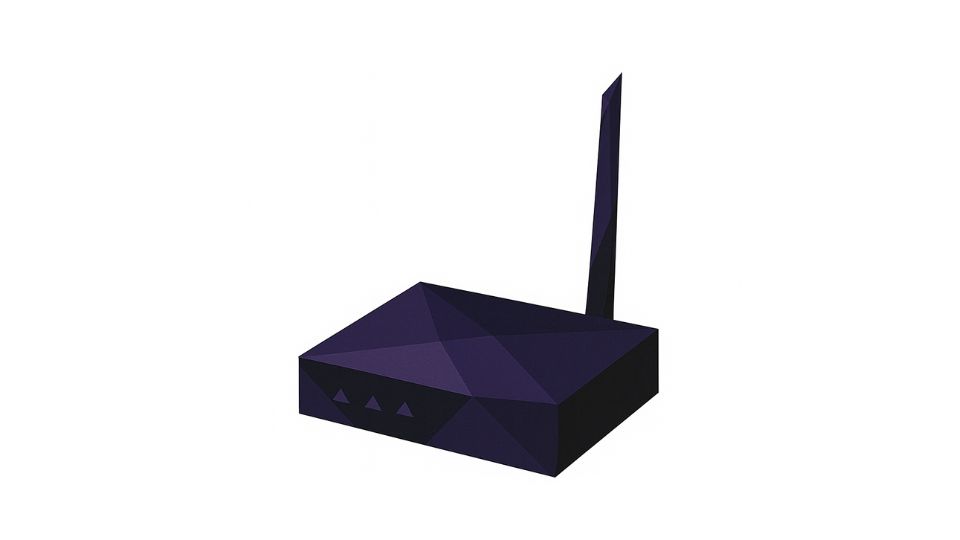The Dutch rail network remains highly exposed to sabotage and cyber threats, according to a new advisory report by the Overlegorgaan Fysieke Leefomgeving (OFL), presented to junior transport minister Thierry Aartsen on 13 October 2025. The council said the country’s rail infrastructure is “too vulnerable” amid growing geopolitical tension and increased military transport activity.
The OFL’s review found that resilience planning for Dutch rail assets—ranging from control systems to logistics coordination—lags behind comparable European standards. It called for stronger cross-agency cooperation between ProRail, the Ministry of Defence, and cybersecurity authorities to ensure rapid recovery and continuity of service in case of disruption.
While the report did not cite specific attacks, it warned that reliance on digital control systems, legacy signaling infrastructure, and dispersed oversight increases exposure to both physical sabotage and targeted network intrusions. The advisory follows earlier remarks from ProRail executives noting that critical control systems still depend on “outdated and regionally managed” platforms.
Industry observers say the findings mirror broader European concerns over transport-sector resilience. The ENISA Threat Landscape 2025 report identified rail transport as a rising target for ransomware and state-linked reconnaissance operations. “National rail systems face the dual challenge of digitisation and defence,” the agency noted.
The OFL recommended developing a unified incident-response framework and investing in redundant communication links for command and control. The ministry said it will review the proposals before year-end. No timeline has yet been announced for implementation.

